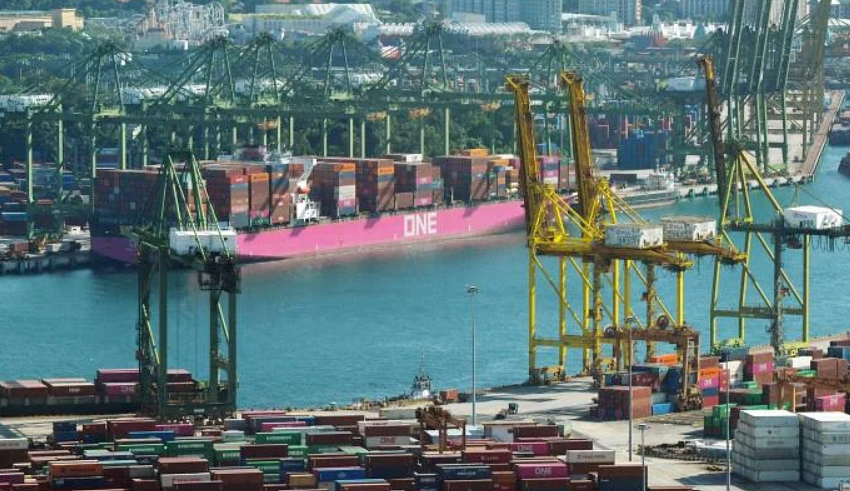
In January, Singapore’s non-oil domestic exports fell 25% year-over-year, the greatest annual decline in a decade.
The reduction was driven by Singapore’s non-oil exports to its main markets, with shipments to China decreasing by more than 41%, to the U.S. by 31.5%, and to Hong Kong by more than 55% for the month.
The number is the fourth consecutive drop and the worst loss since February 2013, when the economy saw a decline of more than 30%.
Moreover, non-oil retained exports decreased 10.4% in January, following a 7.2% drop in December. Overall commerce likewise decreased by 10.4% annually, with exports falling 9.6% and imports falling 11.1%.
After the announcement, the Singapore currency dropped slightly, and the Straits Times index traded modestly higher on Friday morning.
Keep Reading
The poor trade report arrives only days after Singapore presented its most recent annual budget. In an exclusive interview with CNBC, Finance Minister and Deputy Prime Minister Lawrence Wong stated that the administration tried to find a “delicate balance” between combating inflation and guaranteeing fiscal prudence.
Alex Holmes, a senior economist at Oxford Economics, described the January trade statistics as “alarming.”
Oxford Economics forecasts that Singapore’s GDP would expand by 0.7% for the whole year.
“We predict GDP growth to come in towards the bottom of the government’s 0.5%-2.5% forecast in 2023 due to the weakness of trade,” he added.
He highlighted that the value of locally made chip exports fell below the lows reached during the early phases of the epidemic, and that a “turn in the semiconductor cycle” continues to harm exports.
“Falling export revenues are expected to impact on domestic demand, halting corporate investment and employment development,” he warned.
Read More: UAE’s Abrahamic Family Home opens with synagogue, mosque, and church


























